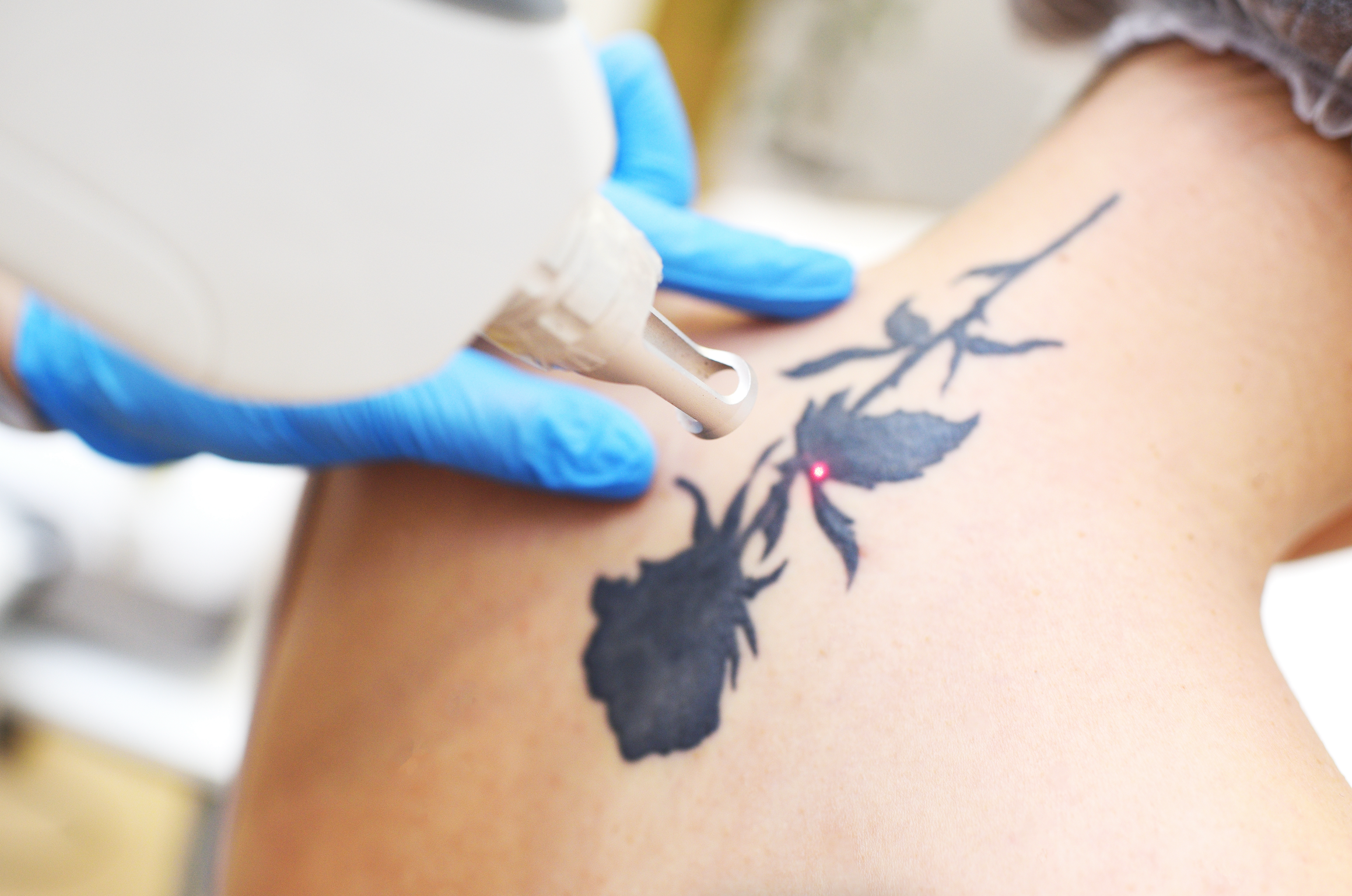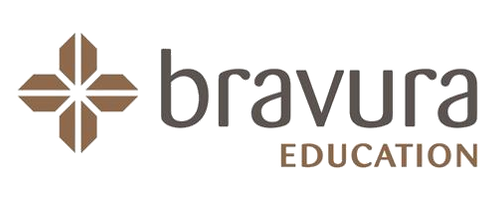
Mastering Tattoo Removal: Advanced Methods and Safety Essentials for Laser Professionals
In the setting of cosmetic and clinical dermatology, tattoo removal has seen significant advancements. This blog covers various tattoo removal methods, potential complications, and key patient safety considerations, providing laser technicians and medical professionals with essential knowledge to guide their practice.
Tattoo Removal Methods
Laser Tattoo Removal:
Dominating the field, laser tattoo removal is highly favoured for its efficacy and safety. Techniques like Q-switched lasers and picosecond lasers lead the pack. Q-switched lasers emit pulses in nanoseconds and rely on heat, effectively breaking down ink particles with minimal damage to surrounding tissues. Picosecond lasers, however, go a step further by delivering mechanical (shaking) energy in picoseconds, enhancing the breakdown of ink and reducing the number of required sessions.
Surgical Excision for Tattoo Removal:
This method involves surgically cutting out the tattooed skin and suturing the remaining skin together. It's usually reserved for smaller tattoos due to the risk of scarring and is less popular compared to laser methods that offer non-invasive solutions and minimal downtime.
Dermabrasion as a Tattoo Removal Technique:
Dermabrasion involves “sanding down” the skin to reach layers where ink is deposited. While effective for some, it's generally less precise than laser treatments and carries a higher risk of scarring and infection.
Chemical Peels for Tattoo Removal:
Chemical peels, which use acid solutions to remove layers of skin, can be unpredictable in their penetration and efficacy on tattoo pigments, leading to varied results and potential skin damage.
Cryosurgery for Tattoo Removal:
This technique uses extreme cold to destroy inked skin cells. However, it is less controlled in targeting ink compared to laser methods and can lead to significant skin damage, scarring and discoloration.
Potential Complications of Tattoo Removal
Complications can arise from various tattoo removal techniques, making patient safety a paramount concern:
- Hypopigmentation and Hyperpigmentation: These conditions, where the skin becomes lighter or darker than the surrounding areas, are common after treatments like laser removal but tend to resolve over time. They are more pronounced with older methods like dermabrasion and chemical peels and in people with higher Fitzpatrick Skin Types (IV-VI).
- Scarring: A potential complication of all tattoo removal methods, but particularly with surgical excision and dermabrasion.
- Infection Risk: Open skin methods like surgical excision and dermabrasion carry higher infection risks compared to laser treatments.
- Allergic Reactions: These can occur, especially with chemical peels and red tattoo ink particles when using laser.
- Pain Management: Tattoo removal can be painful; lasers offer a balance between efficacy and discomfort, often requiring only topical anaesthetic plus cooling devices.
Patient Safety Considerations in Tattoo Removal
Ensuring patient safety involves several crucial steps:
- Pre-treatment Evaluation: Assessing the type and depth of the tattoo ink, skin type, and any previous reactions to treatments. This step is critical to tailor the approach, especially when choosing between Q-switched and picosecond lasers versus more invasive methods. It is important too to apply the Desai-Kirby assessment tool to estimate how many treatments will be required.
- Informed Consent: Patients should be fully aware of the potential risks and possible adverse outcomes of the chosen method. They should also have reasonable and realistic expectations of what the results are going to be.
- Post-Treatment Care: Proper aftercare minimises risks of complications and promotes healing. Patients should have written and verbal insr=tructions on how to take care of their skin after tattoo removal and who to contact if there are red flags seen (such as signs of infection).
For laser technicians and medical professionals alike, understanding the nuances of each tattoo removal method, particularly the superiority of Q-switched and picosecond lasers, is essential. These laser methods provide a balance of efficacy, safety, and patient comfort that older techniques lack. As technology advances, continuing education in these areas remains crucial to ensure optimal patient outcomes and uphold safety standards in cosmetic and dermatological practices.
Like to know more about using Q-switched and picosecond lasers for tattoo removal? Enrol in the Tattoo Removal Laser Course now.
Post Disclaimer
This blog post has been vigilantly researched and fact checked to ensure that it is accurate, reliable and up to date. You must keep in mind that errors and omissions may occur and that we welcome any feedback or corrections in this regard. We encourage you to do your own research to verify the accuracy and contemporary nature of the information presented.
